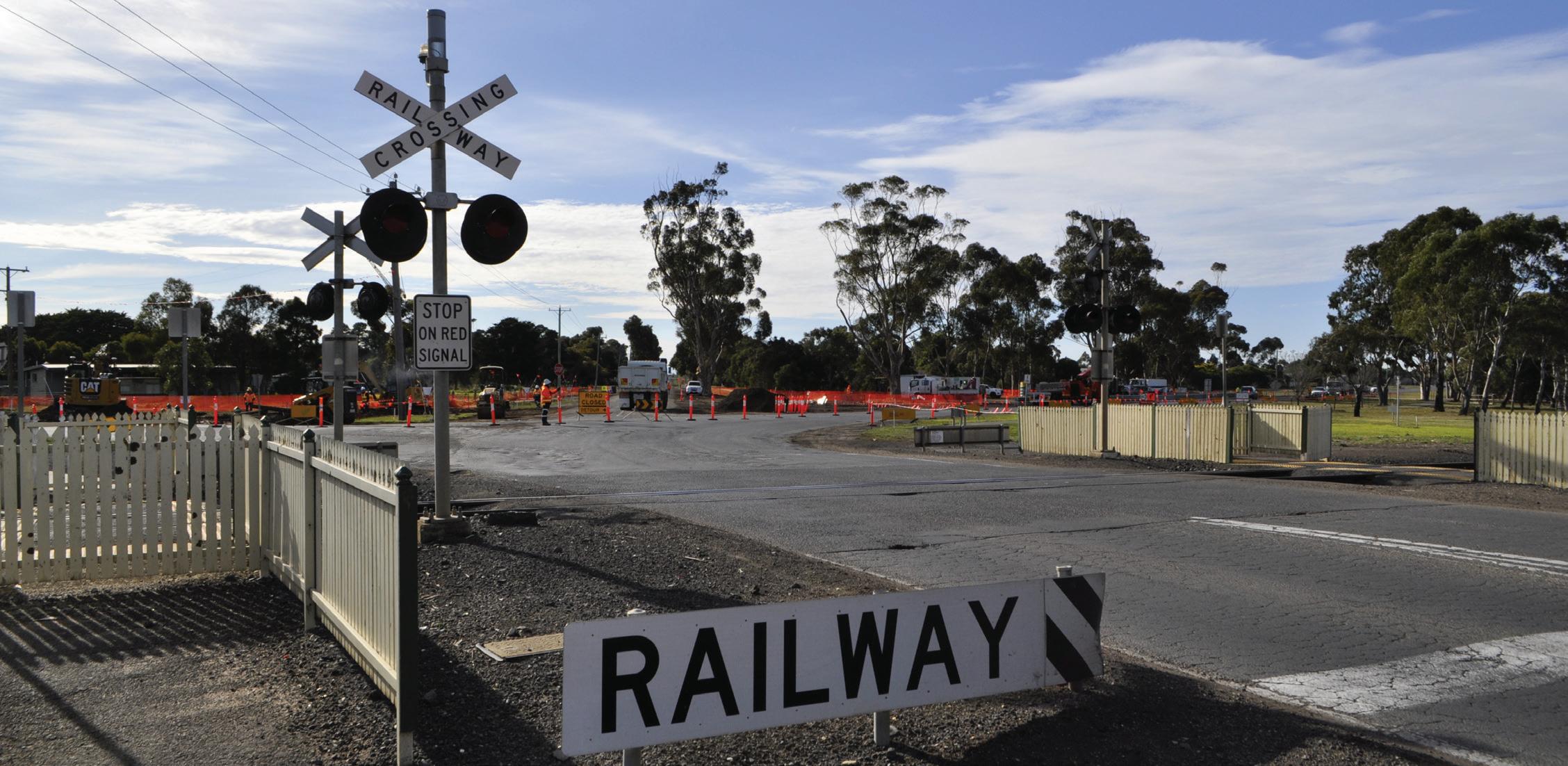
1 minute read
1.2 Project Context
As voiced in the Golden Plains Shire Community Vision, there is a communal aspiration for improved liveability while maintaining the Shire’s rural character. This has been articulated by priorities for (1) access to services, facilities, and activities for people of all ages and abilities, (2) safe, connected pedestrian and transport infrastructure and services. The key forms of transport considered in this project are: • Community transport – consists mainly of services offered by councils and not-for-profit community organisations using cars, minibuses, brokered taxis, or a combination of these, to fill gaps in public and private transport. • Public transport – operated by state-wide bus and train operators. This study targets transport disadvantage, which occurs when transport options make access to services and community networks difficult, leading to social and economic exclusion. It is most common in outer metropolitan, regional, and rural areas with limited public transport, and for people with low mobility due to age, disability, health, or economic situation. Liveability across Golden Plains will be addressed in this study by identifying gaps and opportunities in transport provision across Golden Plains and recommending solutions for innovative transport services and small-scale infrastructure projects that meet the needs of the community, including vulnerable and isolated residents.
The data and feedback from service providers and residents has informed Council’s Community Transport Study in 2022. The study will inform the future design of Council’s community transport services to ensure that new services increase connectivity and contribute towards a network of accessible locations. It will also provide evidence-based data to support Council as it advocates for greater transport connections in the Shire – through internal Council strategies and externally from other levels of Government, such as the Department of Transport (DoT) ‘Flexible Local Transport Solutions Program’. The findings can also be incorporated into promotional resources to inform residents and other stakeholders of the transport options available.
Advertisement






